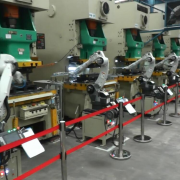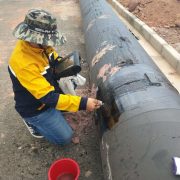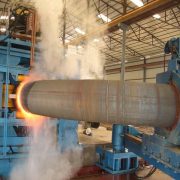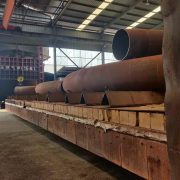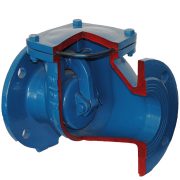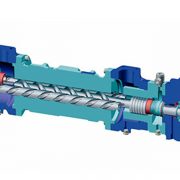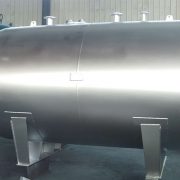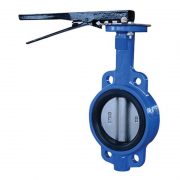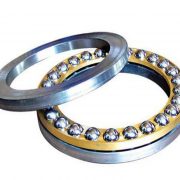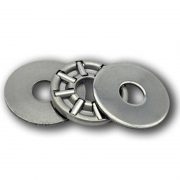Application fields of stamping robot
Application fields of stamping robot
It is an effective method to use stamping robot instead of manual operation to form a fully automatic production line in stamping production.
The overall design of the stamping robot should be considered comprehensively, so as to make it simple, compact, easy to operate, safe and reliable, convenient to install and maintain, and economical. The stamping robots used in industrial production have different structural types and different technical complexity due to different occasions and work requirements. To sum up, there are roughly the following aspects:
1. Automation with single machine: Many high-efficiency special processing equipment (such as various special machine tools, etc.) in production, if auxiliary operations such as loading and unloading of workpieces are continued by manual operation, not only will the labor intensity of workers increase, but also the efficiency of special equipment will not be fully exerted, which will inevitably affect the improvement of labor productivity. If stamping robot is used instead of manual loading and unloading, the above-mentioned unsuitable situation can be changed, the automatic production of single machine can be realized, and the conditions for multi-machine care can be provided. Such as automatic machine tools, automatic loading and unloading manipulators, stamping manipulators, injection molding machines and stamping robots, etc.
2. Forming automatic production line: On the basis of single machine automation, if stamping robots are used to automatically load, unload and transport workpieces, some single machines can be connected into an automatic production line. At present, stamping robots are widely used to realize automatic production in the production lines of shaft and disk workpieces. Such as: automatic production line for shaft machining and its automatic loading and unloading manipulator, automatic production line for machining and its manipulator, loading and unloading manipulator for NC machining machine tools, etc.
3. Automation of high-temperature operation: When working in high-temperature environment (such as heat treatment, casting and forging, etc.), the labor intensity of workers is high and the working conditions are poor, so it is more practical to use stamping robots to operate. Such as automotive leaf spring quenching manipulator, hydraulic press manipulator, etc.
4. Operating tools: Using stamping robot to hold tools and perform automatic operation under high temperature, dust and harmful gas environment can make people get rid of harsh working conditions, reduce labor intensity, improve labor productivity and ensure product quality.
5. Special operations: In modern science and technology, the application of atomic energy, the development of seabed resources, Ad Astra and so on have been familiar to people. However, radioactive radiation, or the seabed, the universe and other environments, are often inaccessible or inaccessible to the human body. Using remote-controlled stamping robots instead of people to carry out such operations can not only complete these special operations, but also work safely for a long time, thus becoming an effective means for human beings to March into new natural fields.
Practice has proved that industrial stamping robot can replace the heavy labor of human hands, significantly reduce the labor intensity of workers, improve working conditions, and improve labor productivity and production automation level. It is effective to use stamping robot for heavy workpiece handling and long-term, frequent and monotonous operation in industrial production. In addition, it can operate under high temperature, low temperature, deep water, cosmic, radioactive and other toxic and polluting environmental conditions, which shows its superiority and has broad development prospects.
Decho is a professional supplier on stamping robot and stamping automation , if you have any request , pls donot hesitate to contact us by email [email protected]

